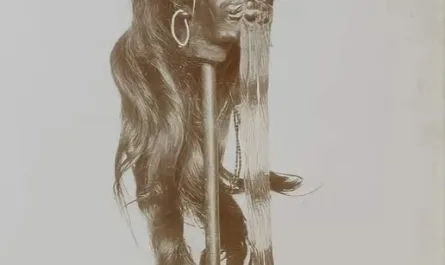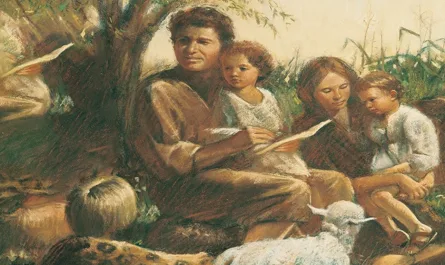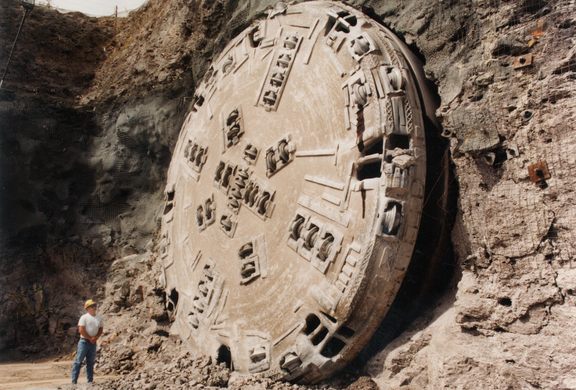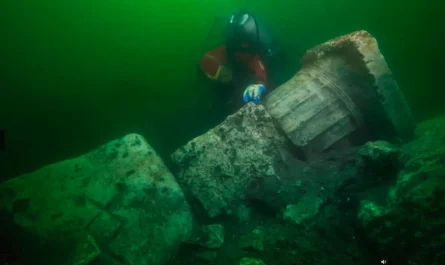Peter Kürten’s Head: A Chilling Exhibit at Ripley’s Believe It or Not!
In the realm of the macabre, few artifacts evoke as much fascination and horror as the preserved head of Peter Kürten, the notorious “Vampire of Düsseldorf.” Housed at Ripley’s Believe It or Not! in Wisconsin Dells, this unsettling relic is more than a morbid curiosity—it’s a haunting reminder of one of the 20th century’s most infamous criminals. Displayed in a museum dedicated to the strange and extraordinary, Kürten’s head continues to captivate and disturb visitors, decades after his execution.
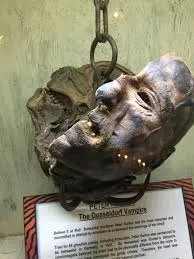
The Vampire of Düsseldorf
Peter Kürten, born on May 26, 1883, in Mülheim am Rhein, Germany, was a serial killer whose brutal crimes terrorized Düsseldorf in the 1920s. Known for his sadistic tendencies and a chilling practice of drinking blood from his victims’ wounds, Kürten earned the moniker “Vampire of Düsseldorf.” His criminal record was extensive, with convictions for arson, theft, and attempted murder before his killing spree escalated in 1929. That year, he committed a series of savage attacks, targeting men, women, and children with hammers, scissors, and knives. Kürten confessed to nine murders and seven attempted murders, though he admitted to possibly 70 crimes, including rapes and arsons. His random and vicious attacks baffled police until a survivor, Maria Büdlick, led authorities to his home in 1930 after a failed attack. Kürten’s wife, unaware of his double life, turned him in to collect a reward, leading to his arrest.
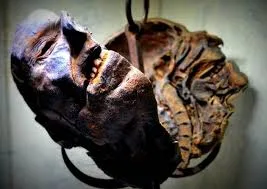
Execution and the Fate of His Head
On July 2, 1931, Kürten was executed by guillotine in Cologne, Germany, at the age of 48. His final words, reportedly asking if he could hear his blood gushing after decapitation, underscored his morbid fascination with violence. After his death, scientists, intrigued by his depravity, mummified and bisected his head to study his brain for abnormalities that might explain his behavior. No physical anomalies were found, leaving his sadism a psychological enigma. The head was later taken to the United States after World War II, eventually entering the collection of Arne Coward, a Honolulu-based antiques dealer with a taste for the macabre. In 1989, Ripley’s Believe It or Not! acquired the artifact from Coward’s estate and displayed it in their Wisconsin Dells Odditorium, opened in 1990.
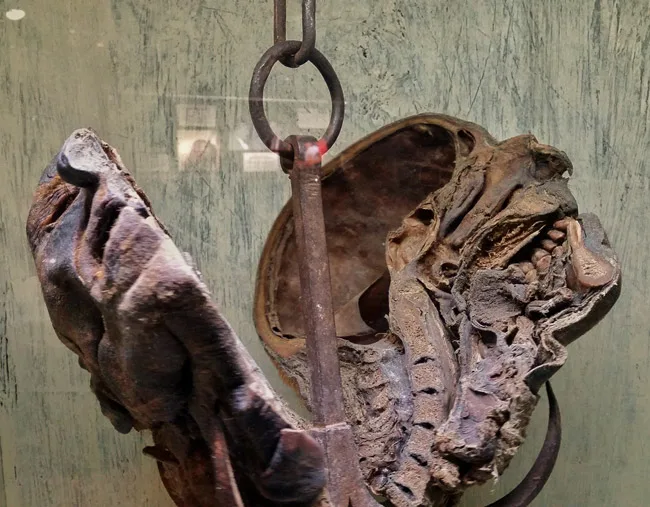
A Macabre Display
At Ripley’s in Wisconsin Dells, Kürten’s mummified head is a centerpiece of the “Darker Side of Ripley’s” exhibit, accessible through a secret passage marked by a fireplace. Suspended on a rotating hook within a guillotine-shaped case, the bisected head reveals the hollow cavities of the skull, with preserved skin, nostril hairs, and eyelashes adding to its eerie realism. The display, part of a vampire-themed gallery alongside artifacts like a statue of Vlad the Impaler, shocks visitors in a family-friendly tourist destination known as the “Waterpark Capital of the World.” Some report an unsettling energy in the room, with claims of paranormal activity, including shadow figures and malfunctioning air blowers, attributed to Kürten’s lingering spirit.
Why Display Such a Relic?
The inclusion of Kürten’s head in a museum like Ripley’s raises questions about morbid curiosity and the ethics of exhibiting human remains. For some, it satisfies a fascination with the darker aspects of human nature, offering a safe way to confront evil. Others see it as a historical artifact, shedding light on early criminology and the psychological study of serial killers. Kürten’s case influenced works like Fritz Lang’s 1931 film M and remains a subject of study in criminology, notably in Karl Berg’s book The Sadist. However, the display’s placement in a family-oriented setting adds a layer of irony, blending horror with entertainment.
A Lasting Legacy of Horror
Peter Kürten’s head, preserved and displayed at Ripley’s Believe It or Not!, is more than a gruesome artifact—it’s a window into a dark chapter of history. It serves as a chilling reminder of the Vampire of Düsseldorf’s atrocities and the enduring human interest in understanding the minds of monsters. For those brave enough to visit, it’s an unforgettable encounter with the macabre, tucked away in the unlikeliest of places.


